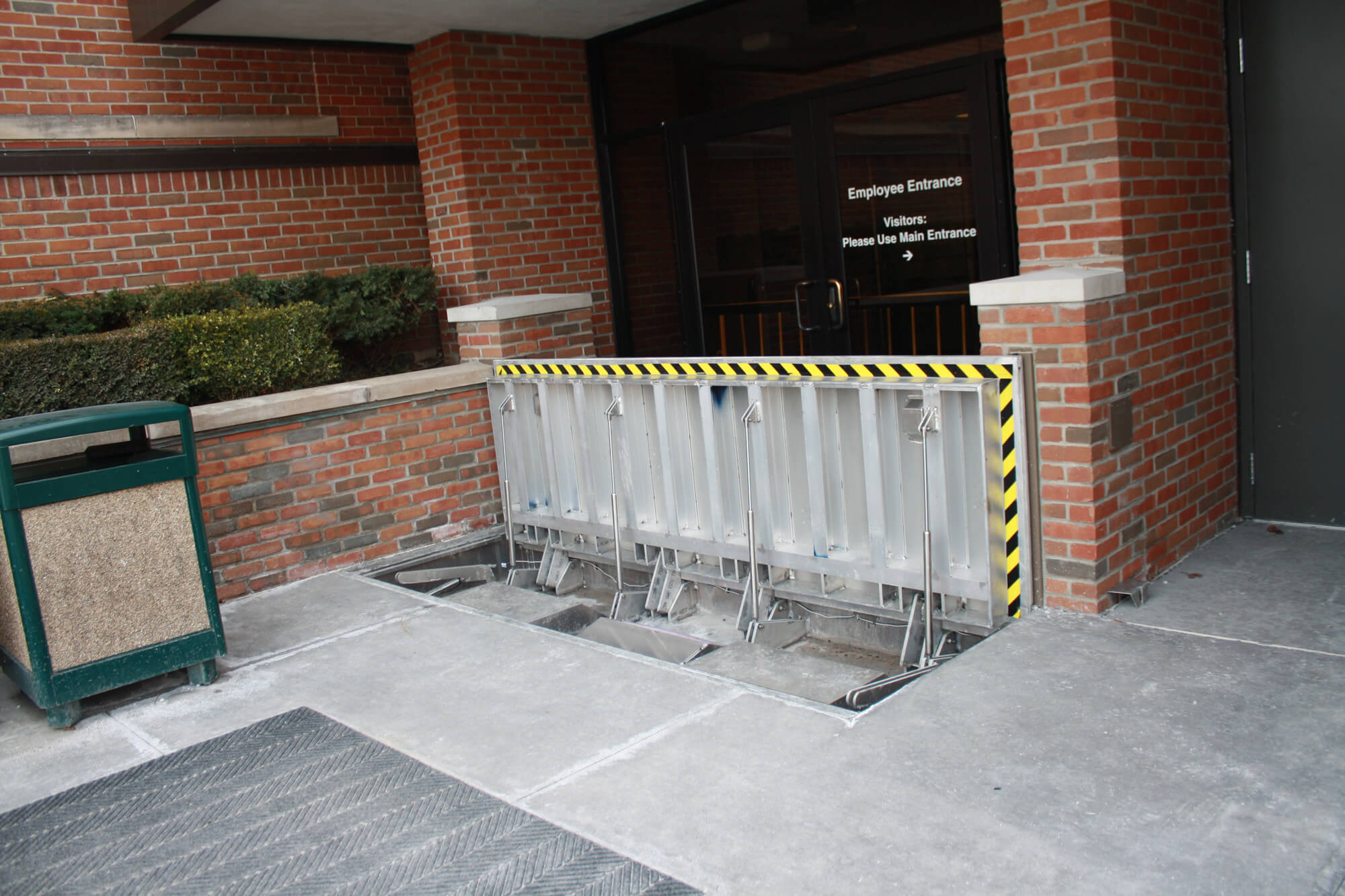Effective Flood Alert Systems: Protecting Your Home And Family

Table of Contents
Understanding Flood Risk and Vulnerability
Before investing in any flood alert system, it's vital to understand your personal flood risk. This involves assessing your location, considering historical flood data, and evaluating your home's construction and elevation. Ignoring this crucial first step can lead to choosing an inadequate system or, worse, a false sense of security.
- Identify your flood risk zone: Many governmental agencies provide flood risk maps online. Knowing your zone helps determine the severity of your potential flood risk and informs your choice of flood detection system.
- Check historical flood data for your area: Research past flooding incidents in your neighborhood. Local government websites, historical records, and even older residents can offer valuable insights into the frequency and severity of past floods.
- Consider the proximity of your home to rivers, streams, and low-lying areas: Homes located near water bodies are inherently more vulnerable to flooding. This proximity significantly impacts the type of flood alert system you should consider.
- Assess the construction and elevation of your home: The elevation of your home relative to surrounding areas plays a crucial role in determining your flood risk. Homes built on higher ground are less vulnerable than those in low-lying areas. The construction materials and design also influence how well your home can withstand floodwaters.
Types of Flood Alert Systems
Several flood alert systems are available, each offering varying levels of protection and sophistication. Understanding the differences is key to making an informed decision.
Government Warning Systems
National and local governments operate emergency alert systems designed to warn citizens of impending floods. In the US, the National Oceanic and Atmospheric Administration (NOAA) provides crucial flood warnings. These systems are a valuable first line of defense, but they have limitations.
- How these systems work: Government flood alert systems typically utilize a combination of methods, including sirens, mobile alerts (via text or app notifications), and radio broadcasts.
- Advantages and disadvantages: These systems boast widespread reach, covering large geographical areas. However, they may provide delayed warnings, offering limited time for preparation and evacuation.
- How to register for alerts: Registering for emergency alerts through your local government website or emergency management agency is crucial to receive timely warnings. This ensures you're included in the warning dissemination process.
Commercial Flood Detection Systems
The market offers various commercially available flood detection systems, providing more advanced monitoring capabilities and often real-time alerts.
- Different types of sensors: These systems employ a range of sensors including water level sensors that detect rising water levels and rain sensors that monitor rainfall intensity.
- Features to consider: Look for features such as real-time alerts (sent directly to your smartphone), remote monitoring capabilities, and integration with smart home systems for automated responses.
- Cost considerations and installation options: Costs vary significantly depending on the sophistication of the system and its features. Some systems are DIY-installable, while others require professional installation.
DIY Flood Monitoring Solutions
For budget-conscious homeowners, several simple DIY options can provide early warning signs of potential flooding.
- Pros and cons of DIY solutions: These solutions are cost-effective, but their effectiveness is limited. They may not offer the same level of precision and real-time monitoring as commercial systems.
- Effective strategies for early flood detection: Simple measures like monitoring local weather reports closely, observing water levels in nearby streams and rivers, and using weather monitoring apps can provide early warning signs.
- Limitations of DIY solutions and when professional systems are necessary: DIY solutions serve as supplementary measures, not replacements for professional systems, especially in high-risk areas. In areas with a history of severe flooding, a professional system is essential.
Choosing the Right Flood Alert System for Your Needs
Selecting the right flood alert system depends on several factors.
- Consider your budget and available resources: Establish a clear budget before you begin your search. Prices range from inexpensive DIY options to high-end professional systems.
- Evaluate your technical skills and comfort level with technology: Some systems require more technical expertise than others. Choose a system you can comfortably install and operate.
- Assess your specific flood risk level to determine the necessary level of protection: Your location's flood history and proximity to water sources directly influence the level of protection you need.
- Research reviews and compare different systems: Read online reviews and compare the features, costs, and reliability of various flood alert systems before making a decision.
Beyond Alerts: Flood Preparedness Strategies
While flood alert systems are crucial, they are only part of a comprehensive flood preparedness strategy.
- Developing a family evacuation plan: Establish clear evacuation routes and meeting points. Practice your plan regularly.
- Creating an emergency kit: Assemble a kit containing essential supplies like water, non-perishable food, first-aid supplies, medications, and important documents.
- Elevating valuable possessions: Move important documents, electronics, and other valuables to higher floors or storage areas.
- Understanding flood insurance options: Consider purchasing flood insurance, as it can significantly reduce financial losses in the event of a flood.
Conclusion
Investing in effective flood alert systems is a critical step in protecting your home and family from the devastating effects of flooding. By understanding your flood risk, exploring different alert system options, and implementing comprehensive flood preparedness strategies, you can significantly reduce your vulnerability and safeguard your loved ones. Don't wait until it's too late – explore the various options for flood alert systems today and take control of your family's safety. Ensure your family’s security with reliable flood alert systems and a comprehensive preparedness plan.

Featured Posts
-
 Paramedics Triumph At Police And Emergency Services Games The Advocate
May 26, 2025
Paramedics Triumph At Police And Emergency Services Games The Advocate
May 26, 2025 -
 Deciphering The Hells Angels Membership Rules And Operations
May 26, 2025
Deciphering The Hells Angels Membership Rules And Operations
May 26, 2025 -
 The Hells Angels A Comprehensive Overview
May 26, 2025
The Hells Angels A Comprehensive Overview
May 26, 2025 -
 Shopping Mall Mogul From B C Seeks Hudsons Bay Lease Acquisition
May 26, 2025
Shopping Mall Mogul From B C Seeks Hudsons Bay Lease Acquisition
May 26, 2025 -
 Kapan Balapan Moto Gp Inggris 2025 Jadwal Lengkap Di Sini
May 26, 2025
Kapan Balapan Moto Gp Inggris 2025 Jadwal Lengkap Di Sini
May 26, 2025
